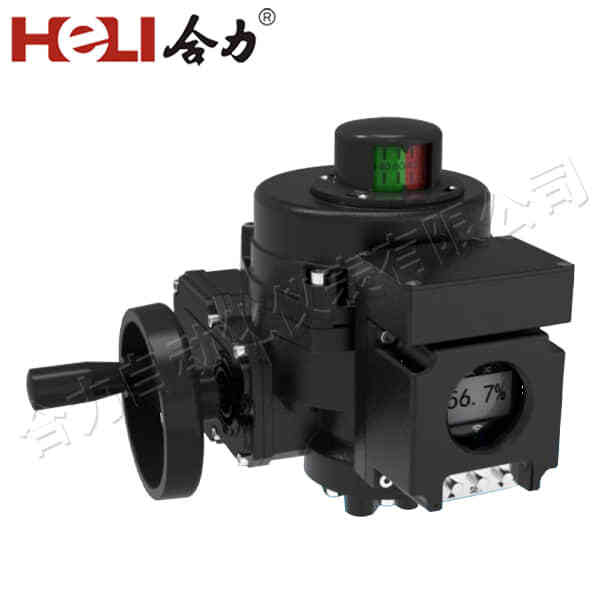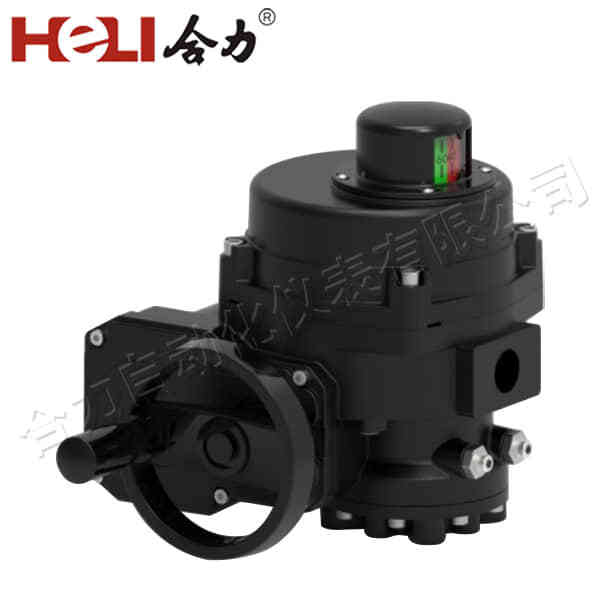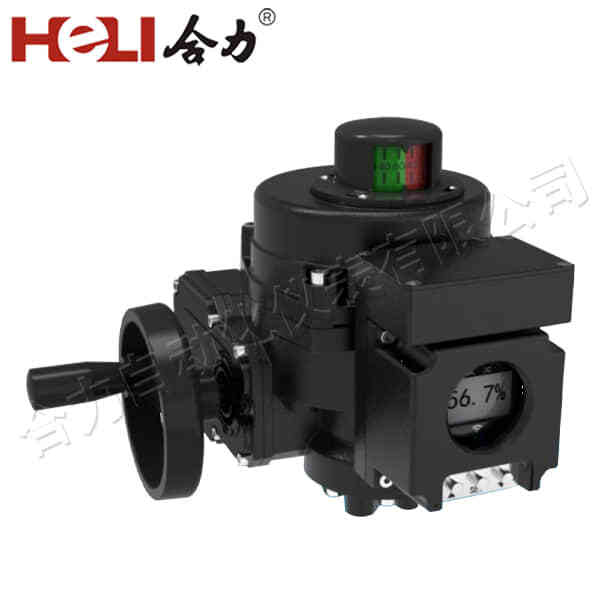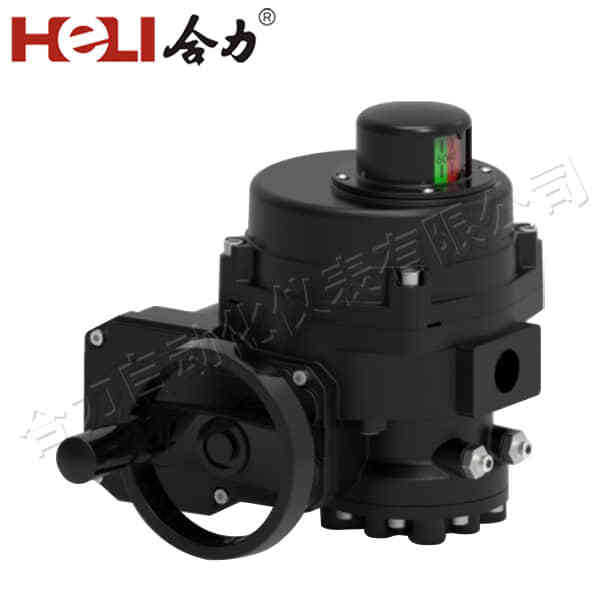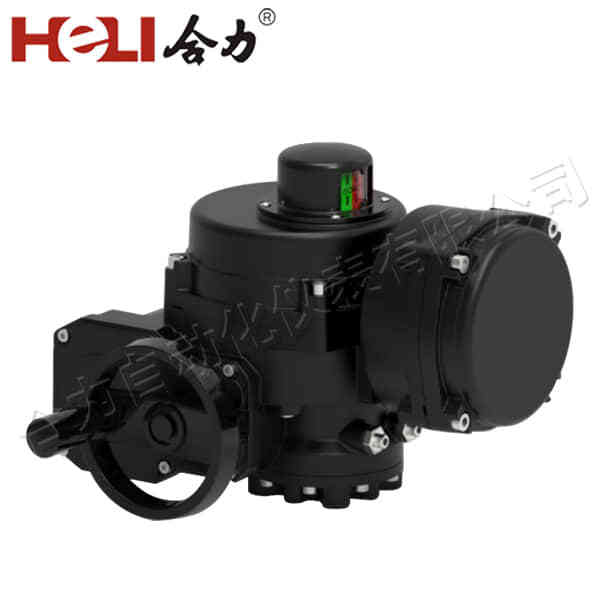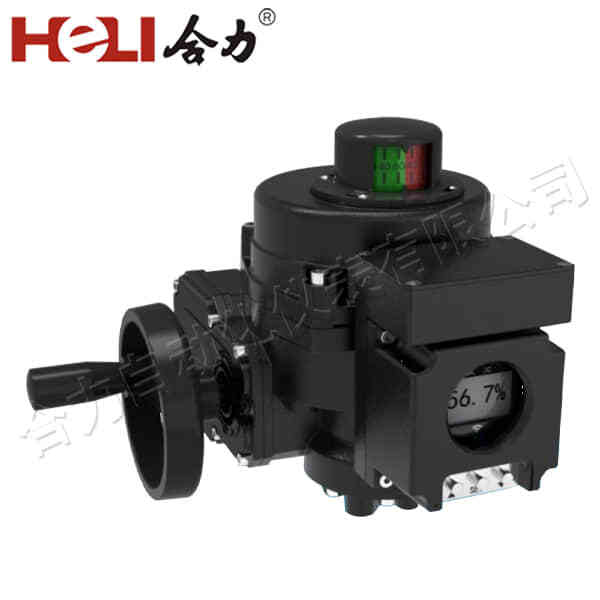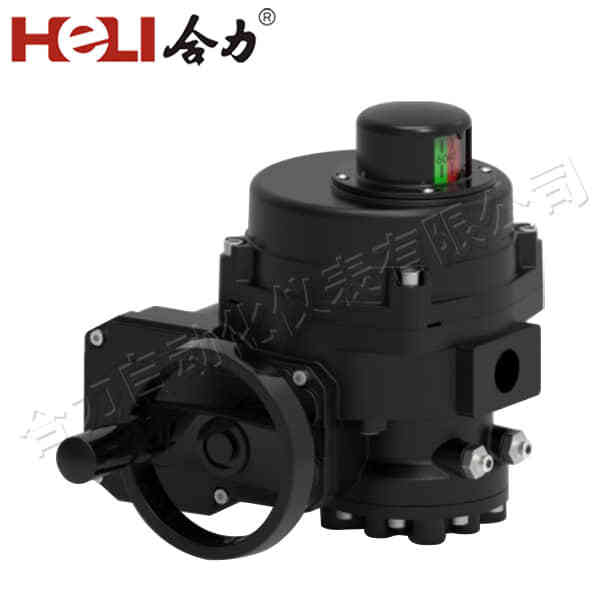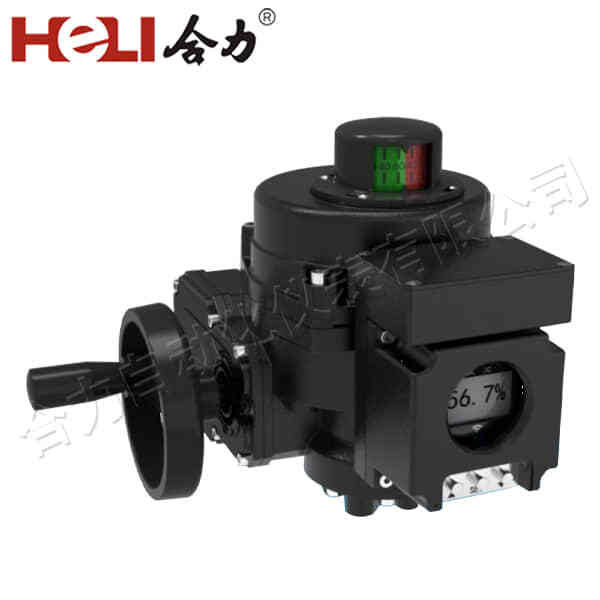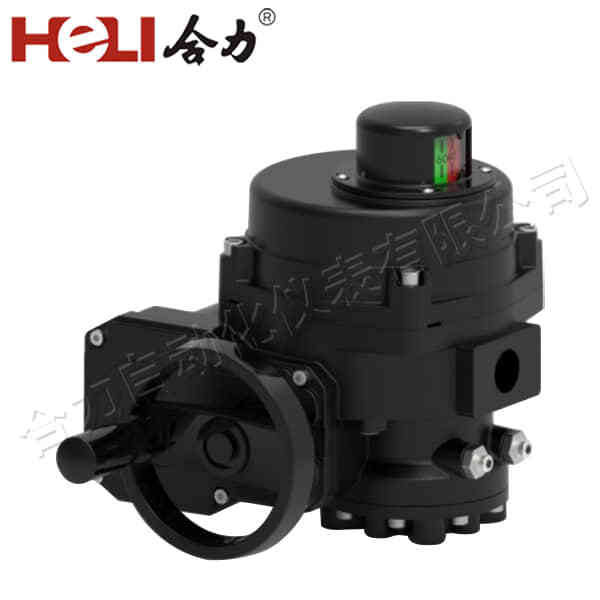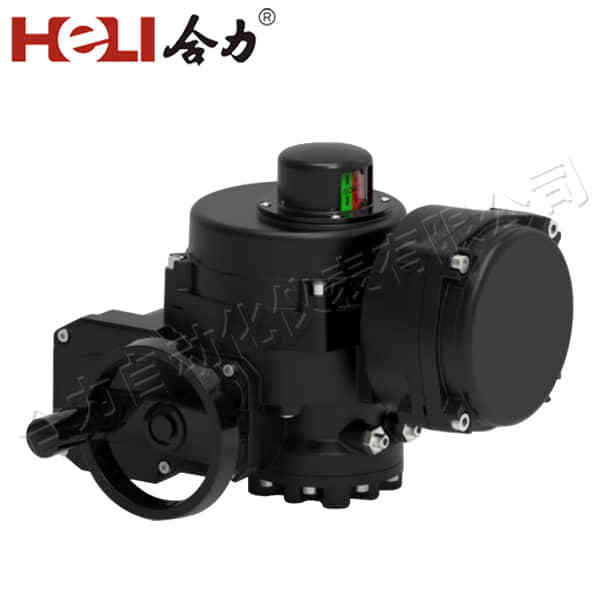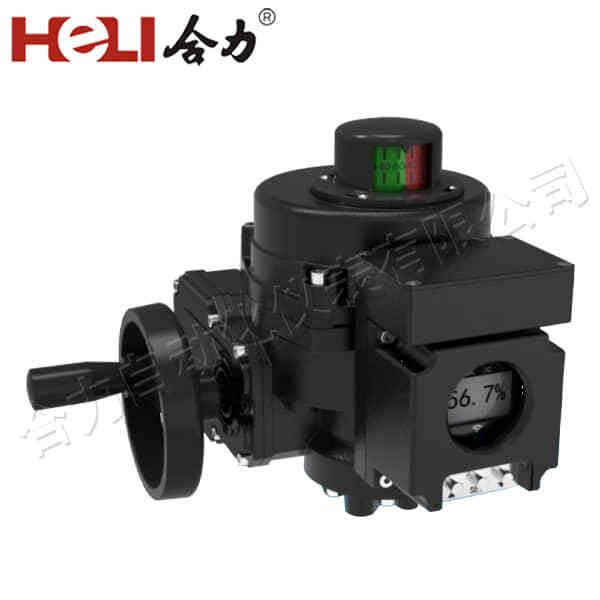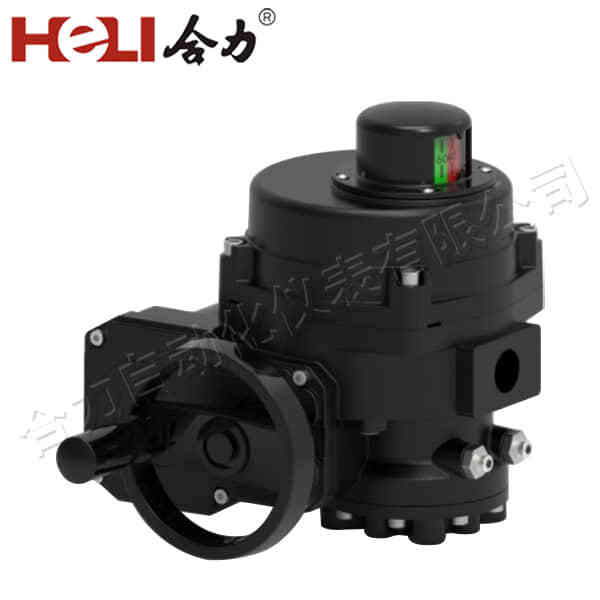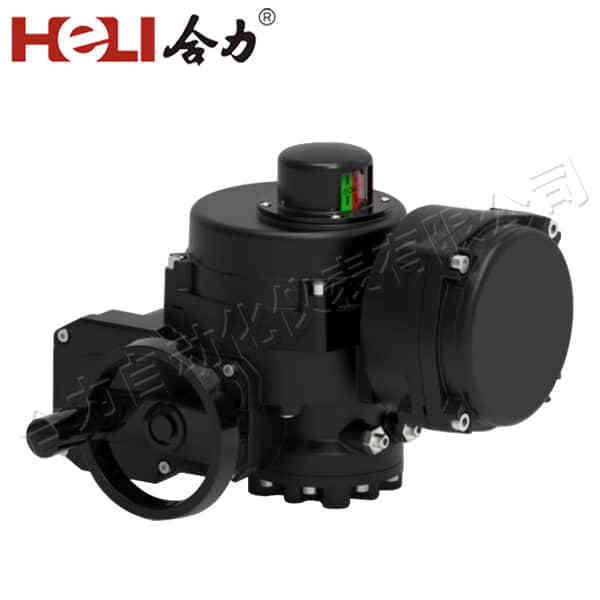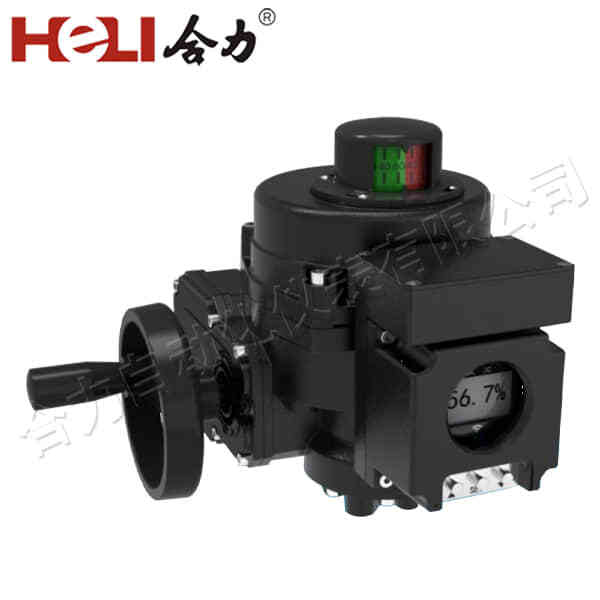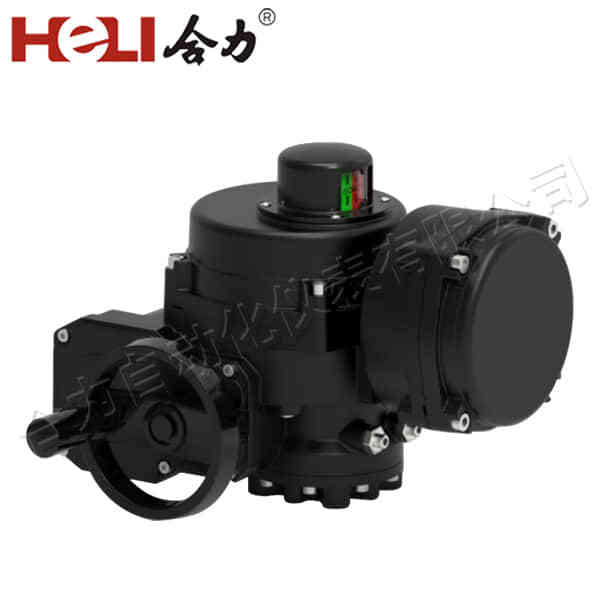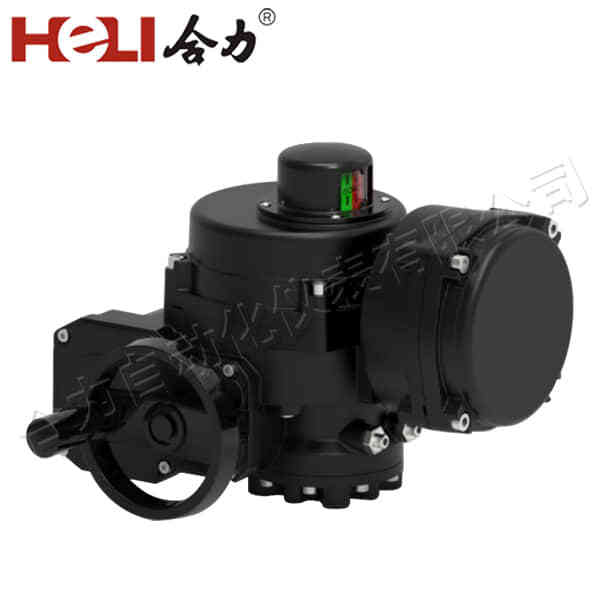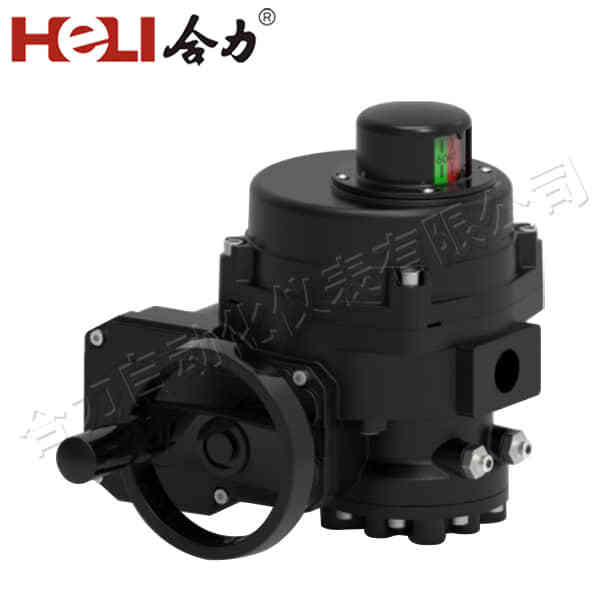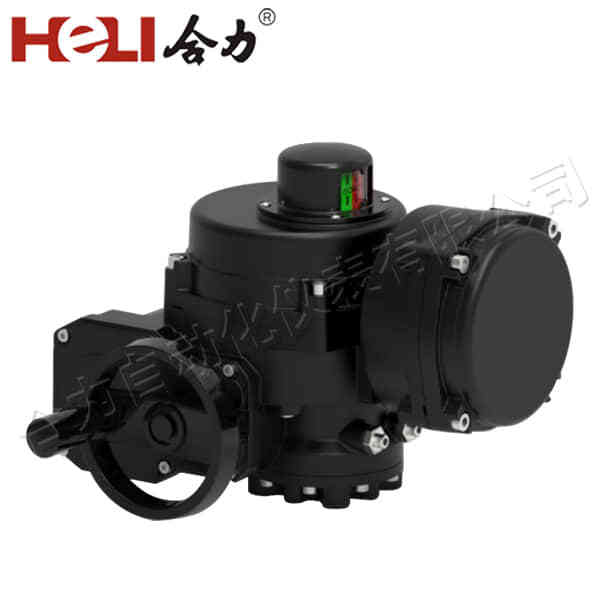Electric actuators for valves are a vital component in the modern world of industrial automation, offering precise and efficient control over fluid flow in various systems. These actuators provide the necessary mechanical movement to open, close, or modulate valves, and their application spans a wide range of industries, including water treatment, oil and gas, chemical processing, and HVAC systems. By replacing manual valve operation with automated, electric-powered systems, electric actuators not only improve operational efficiency but also enhance safety, accuracy, and overall performance.

What is an Electric Actuator for Valves?

An electric actuator for valves is a device that uses electrical energy to control the movement of a valve, enabling it to open, close, or adjust based on specific requirements. These actuators rely on an electric motor, which converts electrical energy into mechanical movement. The actuator is typically integrated into a valve control system, where it can receive signals that dictate the valve’s position. This allows for more precise regulation of flow and pressure, a key feature for processes that require strict control, such as in chemical reactors or pipeline systems. Components of an Electric Actuator for Valves

